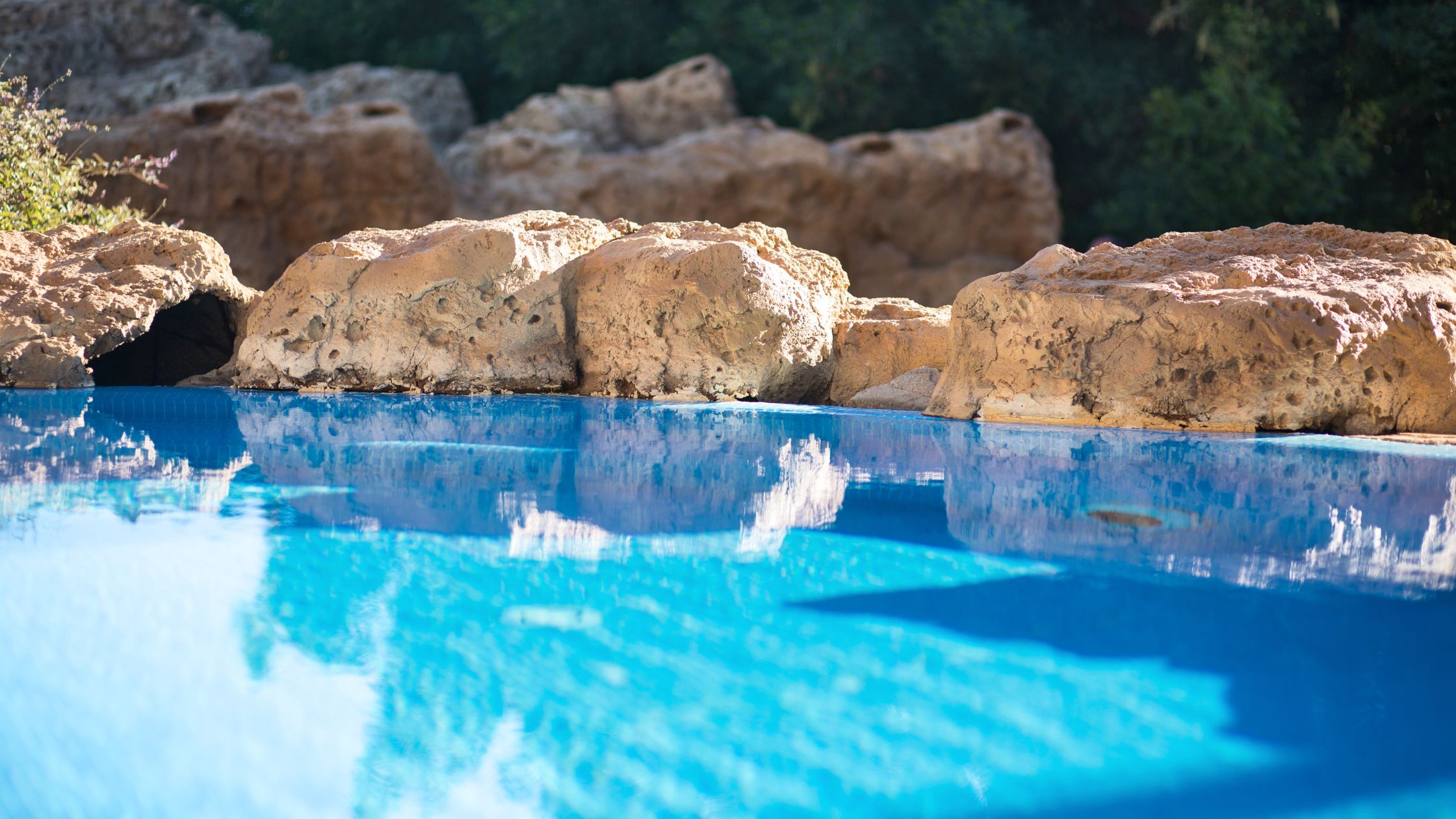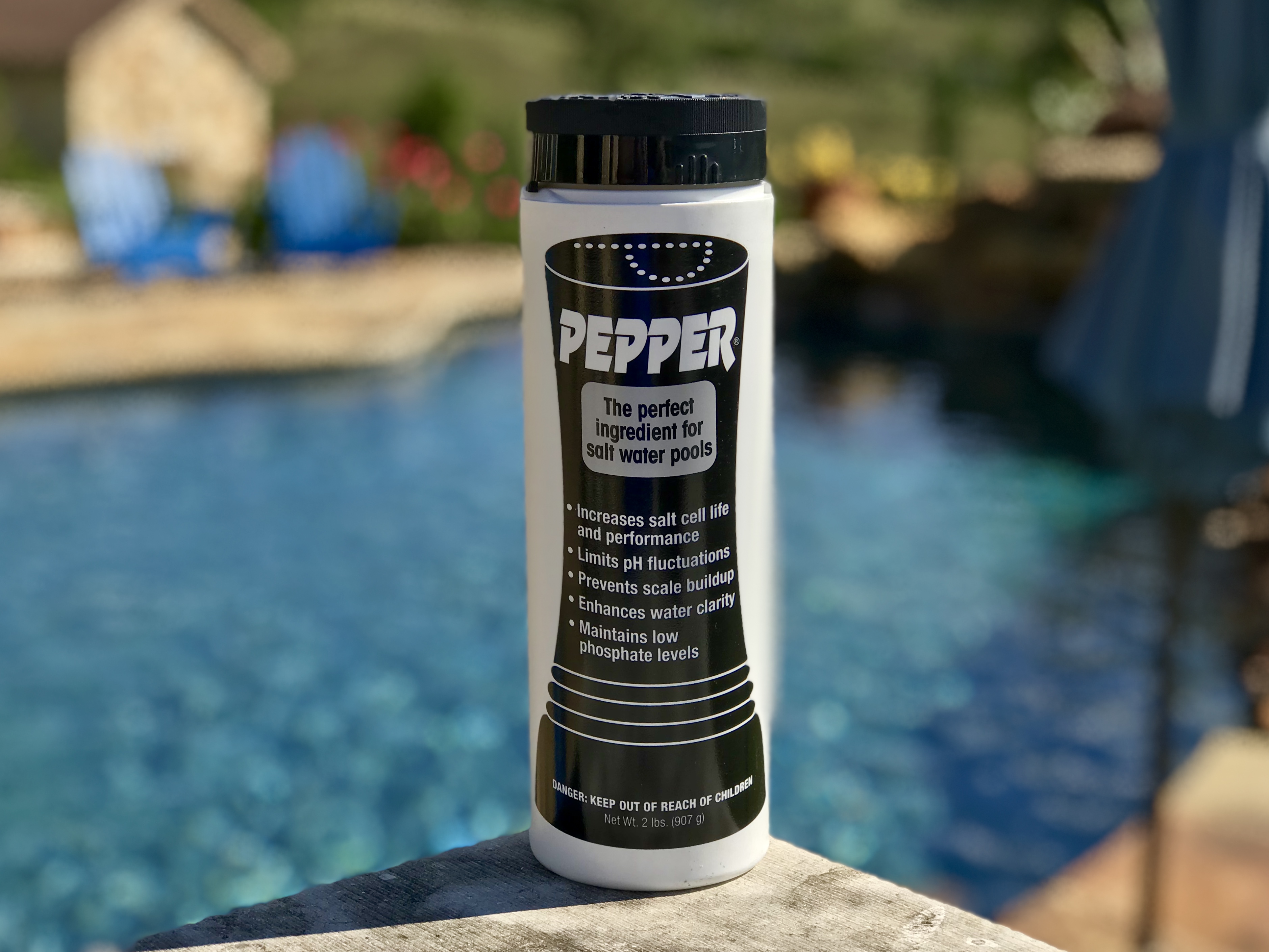Pool maintenance can seem overwhelming, but understanding how to shock your saltwater pool will help you keep the water clean and safe for everyone. Despite the self-cleaning nature of saltwater systems, periodic shocking is recommended, especially if you notice low chlorine levels or algae growth. This guide will walk you through the steps to shock your saltwater pool and determine the best shocking frequency for your needs.

Key Takeaways:
- Shocking a saltwater pool is possible and can enhance water cleanliness, even though saltwater pools are often considered chemical-free.
- Key indicators for shocking include low chlorine levels (below 1 ppm), algae growth, heavy swimmer traffic, and after rain events.
- Frequency of shocking varies based on usage; generally, once a week during peak season or every two to three weeks for less frequently used pools.
When Should You Shock a Saltwater Pool?
For optimal pool health, it’s vital to shock your saltwater pool under certain conditions. Shocking is necessary if you observe chlorine levels dropping below 1ppm, if algae begins to form, or after heavy use, especially when expecting numerous guests. Additionally, consider shocking your pool after significant rain events, which may introduce contaminants into your water.
Signs That Indicate Shocking is Needed
With the ever-changing environment of your pool, keep an eye out for specific signs that indicate shocking is necessary. Look for declining chlorine levels, the presence of algae growth, or if your pool experiences intense usage. These indicators are imperative to maintaining a healthy swimming environment.
Ideal Conditions for Shocking
That said, timing is important when it comes to shocking your saltwater pool. Aim to shock your pool in the evening or early morning when sunlight is minimal. This prevents UV rays from degrading the chlorine too quickly and ensures maximum effectiveness. Additionally, try to avoid shocking during rain or strong winds, as these can dilute the shock treatment.
Hence, to ensure the faultless operation of your saltwater pool, choose calm, dry days for shocking. This optimizes the chlorine’s effectiveness and helps you avoid wasting chemicals when the weather could dilute your efforts.
How to Shock a Saltwater Pool?
The process of shocking a saltwater pool is straightforward and vital to maintaining clean, safe water. Start by ensuring your pool's chemistry is balanced, particularly the pH and alkalinity levels. Next, determine the appropriate amount of shock treatment needed based on the volume of your pool, and run your filter to disperse the shock evenly throughout the water. Finally, carefully add the shock and temporarily lower the output of your chlorine generator to prevent overwhelming the system.
Choosing the Right Shock Treatment
When it comes to shocking a saltwater pool, selecting the right treatment is essential for maintaining water quality and supporting your saltwater system. Here are some excellent options to consider:
- Traditional Chlorine Shock: A high-dose chlorine product can quickly eliminate bacteria, algae, and other contaminants. While saltwater systems produce chlorine, shocking periodically helps handle situations where additional sanitization is needed.
- PEPPER®: PEPPER® is the ideal saltwater pool shock. It reduces daily system run time by removing the contaminants generated that chlorine struggles to break down. PEPPER® controls pH levels, prevents scale from forming on the salt cell and dramatically improves water clarity.
- OXY SPLASH™: A chlorine-free shock treatment, OXY SPLASH™ is perfect for saltwater pool owners who want to reduce strain on their chlorine generator. It oxidizes organic contaminants, improving water clarity and keeping your pool fresh without adding more chlorine.
- REVIVE!®: Consider using REVIVE!® before shocking to remove metals, phosphates, and organic debris. This pre-treatment clarifies the water, ensuring the shocking process is more effective and leaving your pool crystal clear.

While ENZymePro® is not a shock treatment, it is an excellent companion to your pool care routine. ENZymePro® breaks down oils and organic contaminants to prevent cloudy water, residues and buildup.
Always follow the manufacturer’s instructions for each product to ensure optimal results and keep your saltwater pool sparkling and ready for enjoyment!
Step-by-Step Shocking Process
- Test and balance pool water chemistry.
- Determine shock amount based on pool volume.
- Run the filter to circulate water per the product’s label instructions.
- Carefully add the shock treatment.
- Reduce chlorine generator output temporarily.
Above all, ensure your pool is safe during the shocking process. Testing your pool chemistry beforehand and following product label instructions can help avoid potential damage. Following the steps provided will ensure the effectiveness of the shock treatment, leaving your pool cleaner and more inviting for your guests.
Also, you should observe specific safety precautions during the shocking process. Always use protective gear, such as gloves and goggles, when handling shock chemicals to prevent skin irritation or injury. Additionally, avoid adding shock to the skimmer or pool directly during heavy use to prevent chlorine burns on skin. Regular testing after shocking ensures your chlorine levels return to safe ranges, maintaining a healthy swimming environment.
How Often Should You Shock a Saltwater Pool?
After assessing your pool's usage and conditions, you should determine an appropriate shocking schedule to maintain clean and safe water. It is generally advised to shock your saltwater pool at least once a week during peak swim season. However, this frequency may vary based on individual circumstances, ensuring your pool remains in optimal condition.
General Guidelines
On average, you can follow a regular shocking routine to keep your saltwater pool healthy. Most experts recommend shocking once a week during high-use periods, while reducing the frequency to every two to three weeks during off-seasons, depending on your pool's conditions.
Factors That Affect Shocking Frequency
For effective maintenance, several factors influence how often you should shock your saltwater pool, including:
- Pool usage – Higher usage necessitates more frequent shocking.
- Weather conditions – Rain can introduce contaminants requiring additional shock treatments.
- Chlorine levels – Regular testing ensures levels remain optimal.
Any disruption in these factors may require you to adjust your shocking schedule to maintain your pool’s cleanliness.
A deeper look into these influencing factors can help optimize your pool maintenance:
- Heavy rain – Can dilute chlorine levels and introduce contaminants.
- Frequent swimming – More bathers lead to faster chlorine depletion.
- Algae growth – Indicates a need for immediate shock treatment to eliminate harmful bacteria.
Any significant changes in these circumstances should prompt immediate adjustments to your shocking routine for effective pool maintenance.
Common Misconceptions About Shocking
Many people believe that you shouldn't shock a saltwater pool because it's self-cleaning, but this is a misconception. While saltwater systems do generate chlorine, they may not produce enough to handle heavy usage or specific issues like algae growth or low chlorine levels. Shocking your pool periodically can enhance water quality and safety for everyone. Using PEPPER® can help effectively boost your chlorine levels, ensuring a healthy swimming environment. It's all about maintaining balance and keeping your pool clean.
Effects of Shocking on Water Chemistry
Now, when you shock your saltwater pool, it can impact your water chemistry, primarily by increasing the available chlorine levels. This process helps in disinfecting the water and eliminating harmful contaminants. However, introducing a concentrated dose of shock can temporarily disrupt your pH levels, which may lead to equipment damage if not monitored. It’s necessary to ensure your water chemistry is balanced before and after shocking.
Best Practices for Maintaining a Saltwater Pool
All saltwater pools require regular upkeep to ensure a safe and enjoyable swimming environment. Start by testing your water chemistry weekly, focusing on pH levels, alkalinity, and calcium hardness. Balancing these levels helps prevent damage from chlorine shocks. Additionally, clean your filter and check your chlorine generator frequently for optimal performance. This proactive approach will keep your pool inviting year-round.
Wrapping Up
The answer to whether you can shock a saltwater pool is yes, and doing so can significantly enhance the cleanliness and safety of your swimming environment. By monitoring your chlorine levels, adjusting your pool chemistry, you can ensure effective shock treatments. Regular shocking, based on your pool's usage and conditions, will keep your pool in top shape for you and your guests.
For more information, consider reading about the differences between chlorine and non-chlorine shock, as well as our guide to saltwater pool maintenance.
